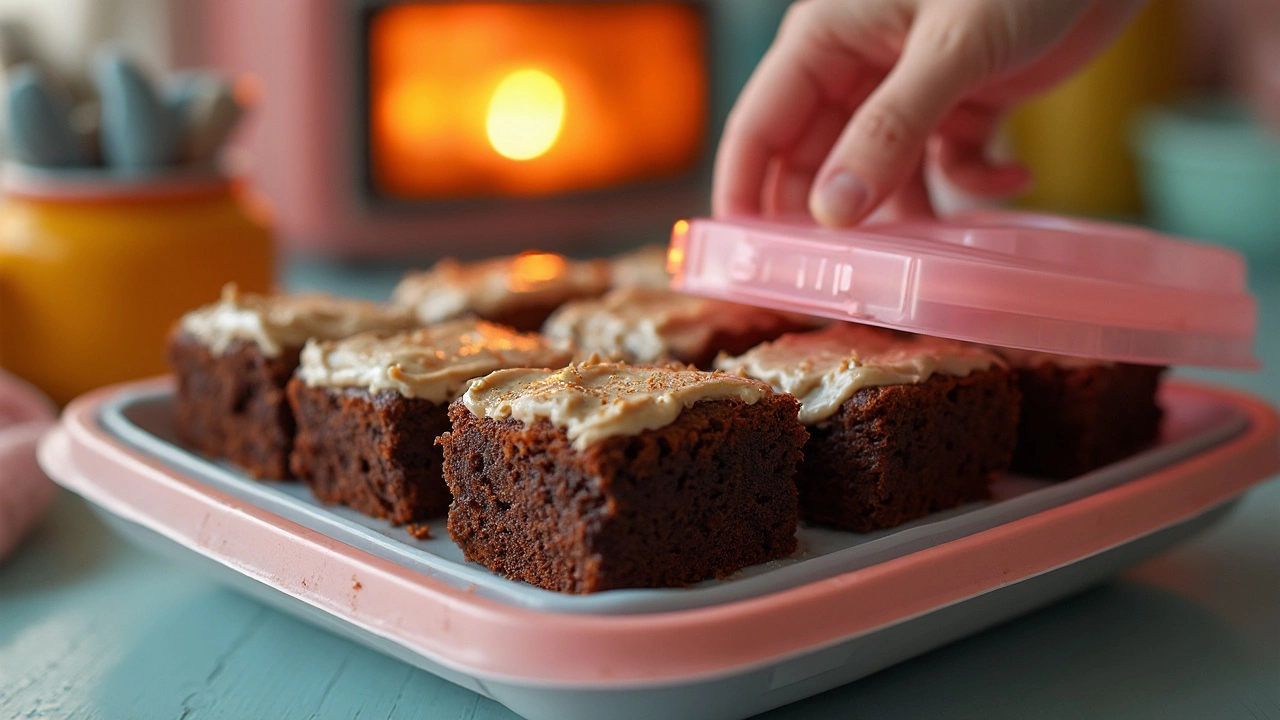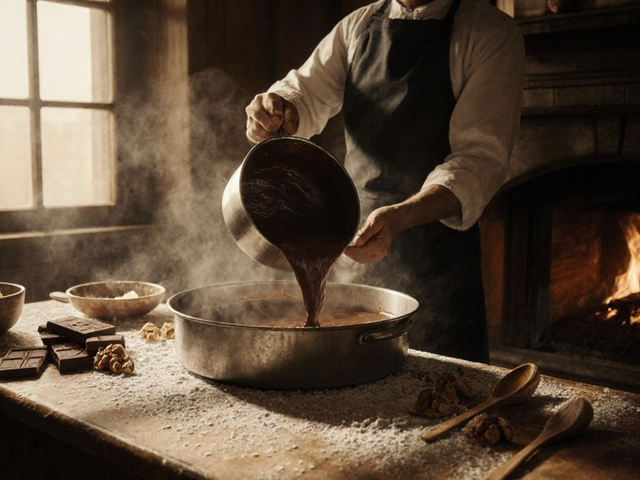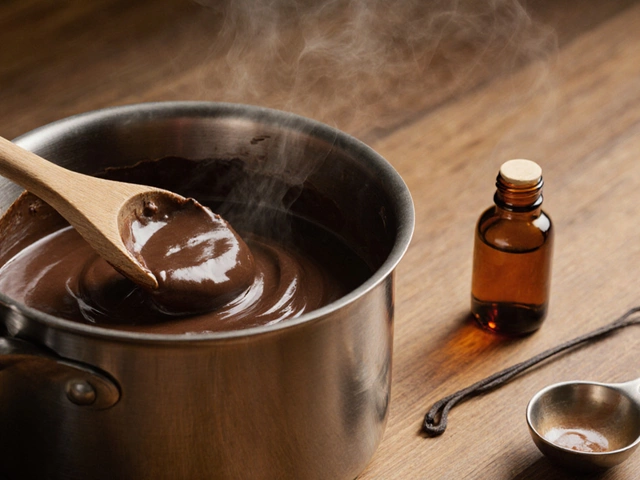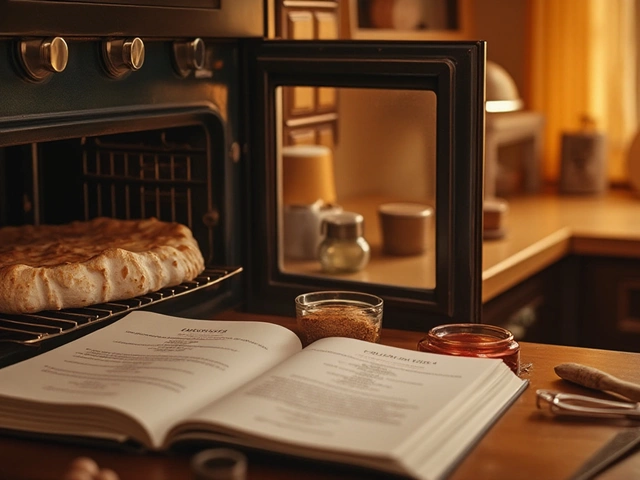Freshness Tips for All Your Sweet Treats
Ever opened a box of brownies only to find them dry or crumbly? Or taken fudge out of the fridge and it turned rock‑hard? Most of the time the problem isn’t the recipe – it’s how you store it. Below you’ll find simple, no‑nonsense steps you can use right now to keep every dessert tasting like it just left the oven.
How to Store Fudge and Brownies
Fudge lives at the soft‑ball stage, which means it’s happiest at around 115‑120 °F (46‑49 °C). Once it cools, wrap it tightly in plastic wrap, then a layer of foil. This double barrier stops air from drying it out and keeps the texture creamy. If you notice grainy fudge, you probably boiled it too long – a quick fix is to melt it gently and add a splash of milk before re‑wrapping.
Brownies are a bit more forgiving, but they still need a snug cover. Store them in an airtight container at room temperature for up to three days. If you see any soft spots or a sour smell, those are signs the brownies have gone bad. For longer storage, freeze individual squares wrapped in parchment, then place them in a zip‑lock bag. Thaw at room temperature and they’ll be just as fudgy as the day you baked them.
Keeping Cakes, Tiramisu, and Other Desserts Fresh
Cake freshness starts with the right temperature. A plain sponge cake can sit on the counter for a day, but layered or butter‑rich cakes should be refrigerated. Cover the whole cake with a cake dome or a sheet of plastic to prevent it from absorbing fridge odors. If you’re worried about the cake drying out, lightly brush the surface with a sugar syrup – it adds moisture without changing the flavor.
Tiramisu is a special case because it contains both cream and coffee. The safest bet is to keep it in the fridge, tightly sealed with plastic wrap pressed directly on the surface. It can stay fresh for up to 48 hours; beyond that the texture will start to break down. When you’re ready to serve, let it sit at room temperature for 20 minutes – that’s when the flavours really shine.
Other desserts, like cheesecake or mousse, follow the same rule: keep them cold, cover tightly, and use the original container if it has a snap‑lock lid. For any dessert that includes fruit, check for extra moisture; a paper towel under the lid can soak up excess liquid and keep the top from getting soggy.
By treating freshness like a part of the recipe, you’ll save money, reduce waste, and enjoy perfect desserts every time. Keep these tips handy, and you’ll never have to wonder if your sweets are still good again.

How to Keep Your Frosted Brownies Fresh
If you're wondering how to keep your frosted brownies from becoming stale or the frosting from losing its charm, we’ve got you covered. This guide shares practical tips on storing frosted brownies properly to maintain their deliciousness. From understanding the right containers to freezing tricks, ensure your brownies stay as tasty as the day you made them. Perfect for anyone who loves baking or enjoys the sweet treat without the hassle of spoilage. Discover ways to preserve that brownie magic!
View More
Should You Store Macarons in the Fridge?
Macarons are delightful, colorful treats that many wonder how best to store for optimal freshness. While the fridge can be an option, there are particular factors to consider for maintaining their delicate texture and flavor. Balancing temperature, humidity, and storage time is key. Discover practical tips and intriguing facts about storing these sweet delicacies.
View More




